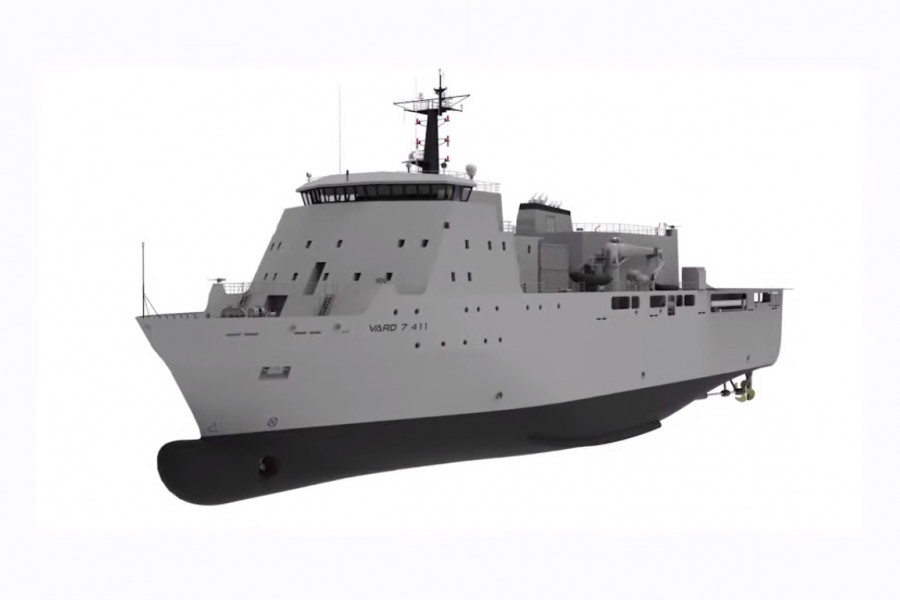Astilleros y Maestranzas de la Armada (Asmar) plans to begin the construction process of the first multipurpose ship of the Escotillón IV project of the Chilean Navy in April 2023.
This program will modernize and improve the capabilities of the Amphibious Command and Naval Transport (Comanfitran) with a new generation of units that will replace the LST-92 Rancagua and LST-95 Chacabuco barges, the AP-41 Aquiles transport and the LSDH-91 multipurpose vessel Sergeant Aldea after more than 30 years of service.
The new multi-purpose vessels will be able to operate throughout the Pacific and Southern Ocean and will carry out operations that include logistics support, search and rescue (SAR) missions, movement and deployment of troops and materiel, and humanitarian assistance and disaster response (HADR). They will also have capacities and operating standards for Antarctic waters.

The Strategic Defense Company signed the construction contract for the first two units of a total of four projected on October 30, 2022. Asmar expects to complete the basic engineering of the ship this month and is currently working on detailed engineering.
The public shipyard began the process of purchasing steel for the construction of these ships, material that should arrive at the Talcahuano industrial plant in April 2023, and has signed the first contracts for equipment and systems that these units will use.
MAIN FEATURES
The Directorate of Programs, Research and Development of the Navy (Diprida) and Asmar signed a contract in June 2020 to develop a basic design for the construction of amphibious transport ships, which was awarded at the end of that year to the Canadian company Vard Marine. The Escotillón IV project began symbolically on February 27 with the cutting of the first unit at the Talcahuano de Asmar plant
The main roles that the new units will develop will be the transport of personnel and military equipment to conduct amphibious operations and the administrative transport of troops and military vehicles. Regarding secondary functions, the ships will provide humanitarian aid in disaster support operations and the administrative transport of personnel and cargo in peacetime for logistical support or connectivity of isolated territories.
The vessels will have a length of 110 m, a beam of 21.8 m, a depth of 13.8 m, a displacement of 7,987 tons, diesel-electric propulsion, propulsion power of 11,200 kW and electrical power of 6,000 kW. They will reach a maximum speed of 17 knots and an economic speed of 12 knots, a range of 30 days, a passable distance of 7,000 nautical miles and will have an operating capacity of 187 days a year.
They will be crewed by 21 officers and 74 seafarers, they will be able to transport an embarked force made up of a commander, a staff from the Amphibious Task Force (FTA), a Marine Infantry Battalion (IM) commander, 16 IM officers and 231 IM soldiers. They will have two remote weapons stations (RWS) with a 20 mm cannon at the bow and two RWS with a 12.7 x 99 mm machine gun at the stern.
They will have an integrated dry dock system, a roof for the transport of rolled material and containers, an infirmary with medical support capacity, they will be able to operate Airbus Cougar, Dauphin or Sikorsky Black Hawk helicopters, and they will have an organic boat that will allow the disembarkation of vehicles and load in any part of the national territory.
With information from Infodefensa

